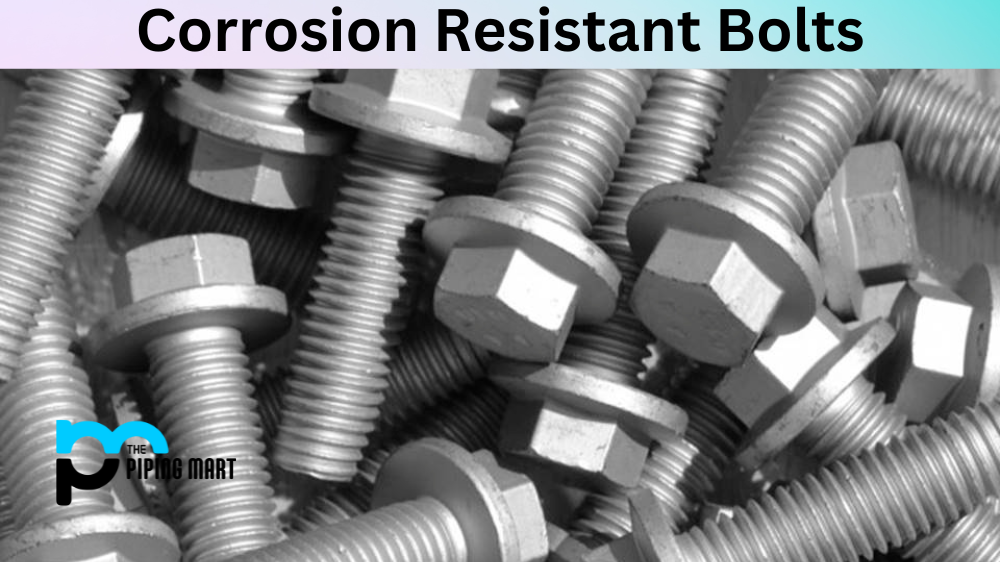Ball screws are an essential component of many machinery and automation systems. They are designed to convert rotary motion into linear motion and vice versa. The technology has often been compared to lead screws, but the precision of ball screws makes them the preferred choice across many industries. In this blog post, we’ll provide a comprehensive overview of ball screws, how they work, their uses, and some of the industries that utilize them.
What is Ball Screw?
A ball screw is a mechanical device that translates rotational motion into linear motion. The device comprises a screw, nut, and ball bearings. The precision ground balls roll between the nut and screw, converting rotary motion into linear motion. Ball screws are preferred over lead screws due to their accuracy, high efficiency, and ease of use. It’s important to note that a ball screw should be lubricated to ensure optimal performance and longevity.
How do Ball Screws Work?
When a ball screw rotates, the balls move along the screw’s helical grooves. The balls then press against the nut, which travels along the screw due to the rotational motion. As the nut moves along the screw, it converts the rotational force into linear motion. The result is a smooth, precise movement of the machine component connected to the nut. The key advantage of ball screws is their low friction, which requires less power and produces less heat.
Applications of Ball Screws:
Ball screws are used in a wide range of applications. They are commonly found in robotics, CNC machines, aerospace, medical devices, and automation systems. In the automotive industry, ball screws are used in power steering and transmission systems. In aerospace, ball screws are used in cockpit controls, landing gear, and wing flaps. In the medical industry, ball screws are used in diagnostic equipment, prosthetic limbs, and robotic surgical systems.
Types of Ball Screws:
There are two main types of ball screws: precision and rolled. Precision ball screws are made through a complex manufacturing process that involves grinding and polishing. As a result, precision ball screws offer high accuracy and are used in precision manufacturing applications. Rolled ball screws, on the other hand, are made through a simpler manufacturing process that involves rolling the threads. They offer lower accuracy than precision ball screws but are more cost-effective and ideal for less-demanding applications.
Benefits of Using Ball Screws:
The key benefit of ball screws is their precision and accuracy. They are also more efficient than lead screws and require less maintenance. Additionally, ball screws can handle high loads and are ideal for high-speed applications. With precise motion control, ball screws can help reduce downtime, increase productivity, and improve the quality of the end product.
Conclusion:
Ball screws have become essential in many applications across many industries. They offer precise motion control, low friction, high efficiency, and require minimal maintenance. When choosing a ball screw, it’s important to consider accuracy, load capacity, and speed requirements. With their numerous advantages over lead screws, it’s clear why ball screws have become the go-to choice for many industries. We hope this overview has helped you better understand ball screws and their applications.

A passionate metal industry expert and blogger. With over 5 years of experience in the field, Palak brings a wealth of knowledge and insight to her writing. Whether discussing the latest trends in the metal industry or sharing tips, she is dedicated to helping others succeed in the metal industry.




